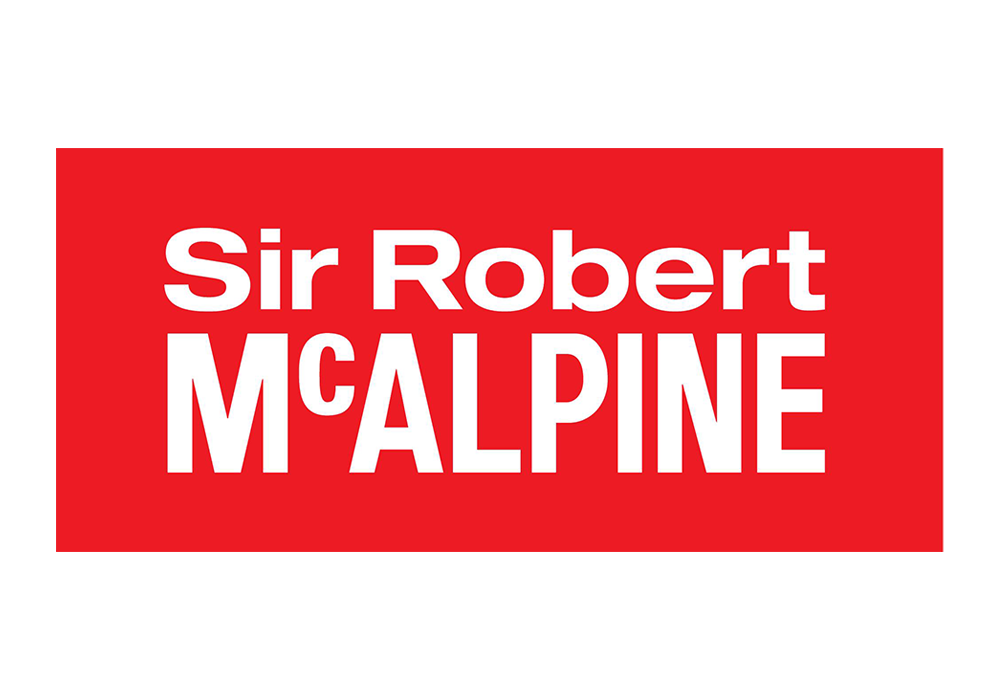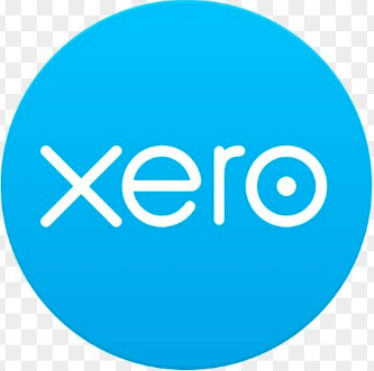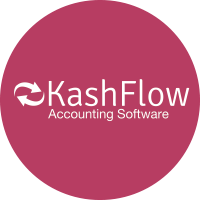
incorporate BTL
New penal restrictions in income tax relief for financing costs for residential properties are about to kick in providing a great incentive for landlords to incorporate.
While property incorporations have some common tax issues, each case tends to have its own special determining factors including:
- Novation of finance
- Capital Gains Tax
- National Insurance liabilities
- Inheritance tax
- Stamp duty land tax
- Stamp duty on share transfers
- Stamp duty surcharges
- Documentation of business activity
Many of the points above on their own can prevent an incorporation being beneficial, however each are capable of being mitigated.
Will I have to pay Stamp Duty Land Tax?
In England, Wales and Northern Ireland, SDLT is often the largest potential tax cost of incorporation because there is no specific exemption for such transactions.
As a general rule, the SDLT legislation applies the charge to the actual consideration changing, thus, it is possible for property to be gifted (debt-free) without a SDLT charge.
Unfortunately, one of the main exceptions to this rule applies where property is transferred to a connected company.
Consequently, it does not matter how the transfer of property to the company is structured, for example, gifted for no consideration, transferred along with the business in exchange for shares, sold at undervalue for cash and so on, the company’s SDLT charge will always be calculated by reference to the market value of the property.
HMRC Stamp Office accepts that market value does not include VAT, even if the seller is required to charge VAT. Of course, this issue does not arise with transfers of residential property because residential properties will invariably be VAT exempt.
If commercial properties are being transferred, the VAT issues need to be considered carefully.
This will often involve ensuring that the company makes fresh options to tax so that the transfer of going concern rules can be used to avoid a VAT charge.
So will I pay SDLT?
Where a partnership or limited liability partnership (LLP) business is being incorporated (particularly if the partners are close family members), it will often be possible to transfer property without an SDLT charge.
This is not a blanket SDLT partnership incorporation exemption. The nil SDLT cost arises due to the special way in which the chargeable SDLT consideration is calculated where partnership properties are transferred to partners or their connected persons.
Where partnership property or properties are transferred to a connected company, it is frequently possible to use a beneficial provisions that mitagtes SDLT entirely, provided that individual partners are transferring the properties, the company would frequently be connected with each of them and depending on the precise circumstances of each case, connection may also be established where persons are acting together to secure or exercise control of the company.
Although the SDLT legislation is quite complex, if control of the company is established, SDLT will be deemed nil.
To fall within the special SDLT partnership rules it is necessary to establish that a partnership actually exists.
Having become aware of the potential SDLT savings offered by the SDLT partnership legislation, we have seen many clients declare that their business is definitely run as a partnership, however, in many cases, it is found that the properties are simply co-owned without any partnership relationship being established.
The partnership must be in existence, documented and tax returns filed and paid accordingly in order to meet this SDLT exemption criteria.
Clients are sometimes tempted to convert a sole trader business to a partnership by bringing in a family partner as an intermediate step before subsequently transferring properties on incorporation.
Such arrangements can be particularly vulnerable to general SDLT anti-avoidance rules especially where adequate advice and planning has not been followed.
If HMRC can demonstrate that the partnership was inserted to avoid an SDLT charge, then this transaction would be set aside and SDLT would be charged on the market value.
Capital gains tax
Capital gains tax is another key tax that must be dealt with on incorporation. Because the sale or transfer of the properties is to a connected company, the properties will be transferred at their market values for capital gains tax purposes, irrespective of the actual prices that may be involved in the incorporation.
We have options available here to defer the relevant capital gains. This relief can be extended to property rental businesses. The key conditions are as follows:
- the business is transferred as a going concern;
- all the assets of the business (with the possible exception of cash) are transferred to the company; and
- the consideration for the transfer of the business/assets is satisfied wholly or partly by the issue of shares to the seller.
If these conditions are satisfied, where a partnership is incorporating, HMRC deals with each partners share of the net gains separately and it is possible for each partner to take a different mix of shares and cash/loans.
Another important advantage of incorporation is that the company acquires the relevant chargeable assets at market value, effectively rebasing the company’s base cost of the assets.
Where commercial properties are involved, it will be important to ensure that fixtures and integral features are properly dealt with for capital allowance purposes.
Is it a business at all?
Before you consider incorporaiotn you must be able to satisfy yourself that you are operating as a business or partnership. The activities ordinarily associated with the management of an investment property portfolio could be regarded as a business, however to be treated in this way the activities must:
- represent a seriously pursued undertaking;
- be conducted on sound and recognised business principles; and
- be of a type that is commonly made by those who seek to profit by them.
Further, the activities must be of a significant nature with a reasonable period of time being spent on property-related activities, 20 hours is a benchmark amount of time here.
Summary
The incorporation of a property business can be structured tax efficiently in a variety of ways.
The preferred structure will depend on the precise facts of each case and the property owners future business and personal objectives.
The potential SDLT cost tends to be a major concern. In some cases, there will be a robust case for benefiting under the often-favourable SDLT partnership legislation. However, if this is not possible, it may be possible to mitigate the SDLT using alternative routes such as multiple dwellings relief.
Some property business owners take a more philosophical view and accept the SDLT charge, which they factor into the costs versus benefits of the incorporation exercise.
It is often found that the SDLT costs are easily recouped from the overall medium to long-term tax savings.
Contact us today to discuss your situation and find out how we can help structure you in a tax efficient way, ready for the changes ahead. With fees starting from as little as £3,000 including HMRC advanced clearance, incorporating your BTL portfolio could save you thousands.
We have accountant in Essex, Tax Advisers in Essex and Accounts in Canary Wharf along with Tax Advisers in Canary Wharf ready to tax your call.

















